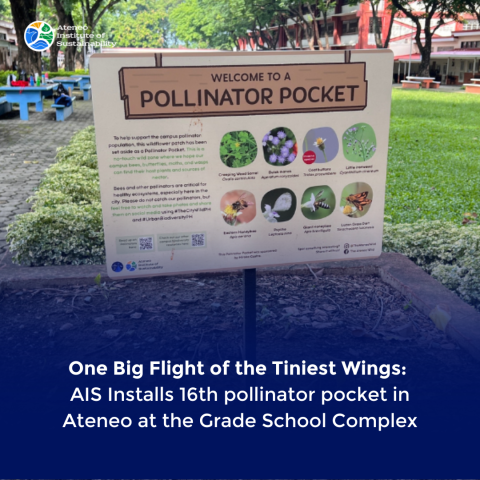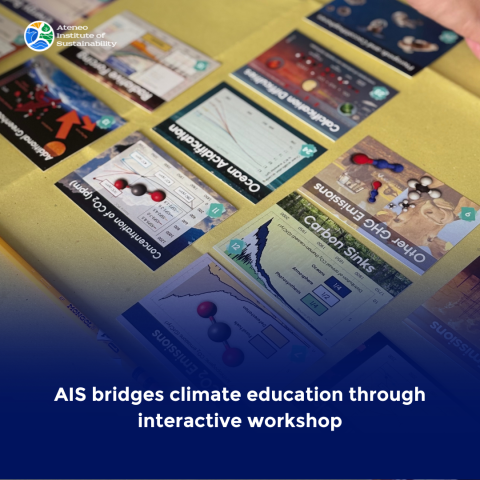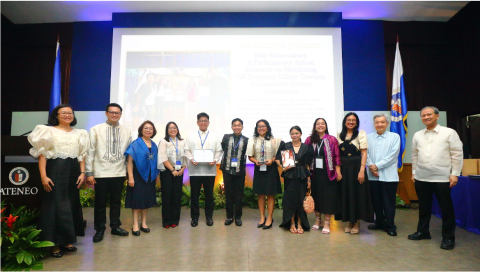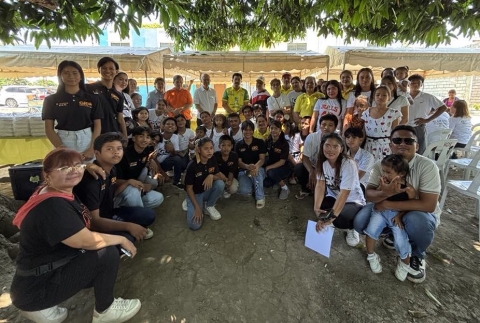Klim@Negosyo
21 Jan 2025 | By April Urbano
Businesses are often credited with bolstering a nation's economy; however, an excessive emphasis on economic growth can leave the environment vulnerable and at risk—from resource depletion, pollution, to habitat destruction. This raises the question: What should be prioritized? The economy? Or the environment? How can we address both priorities to achieve sustainable development? Business action then comes into play, providing an approach that addresses both objectives.
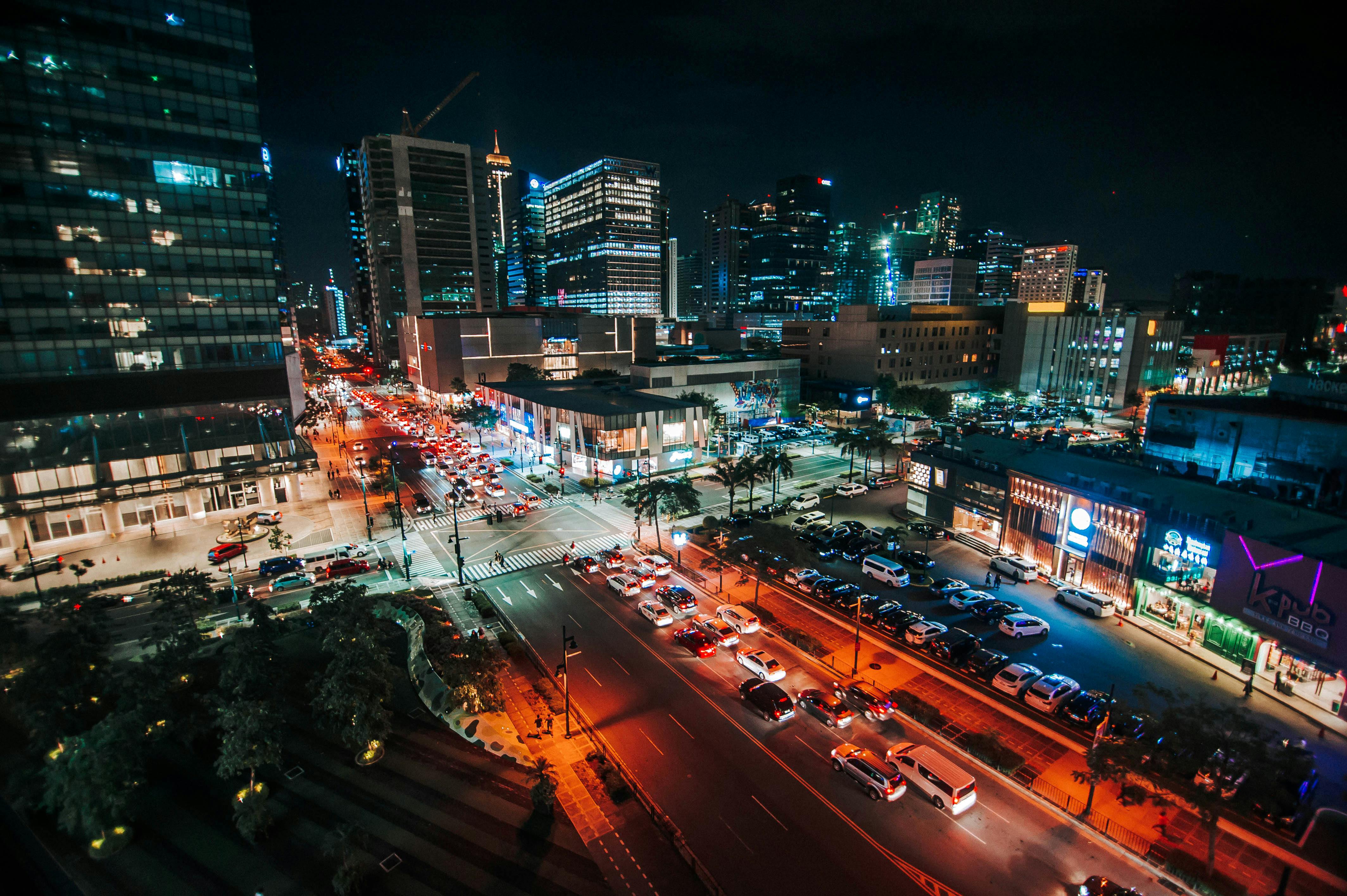
Booming Business
According to the latest List of Establishments by the Philippine Statistics Authority, there were 1,109,684 business enterprises operating in the country in 2022 (Department of Trade and Industry, 2022). Of these, 1,105,143 (99.59%) were micro-, small and medium-sized enterprises (MSMEs) and 4,541 (0.41%) were large enterprises. This figure represents an increase from a total of 1,080,638 business enterprises operating in the country in 2021 (Mapa, 2022). This increasing trend could either lead more businesses to fall for the default “business-as-usual” approach or collectively compel them to advocate for climate action. In fact, the Philippines has been recently selected as the host country for the Board of the Fund for Responding to Loss and Damage (United Nations Climate Change, 2024). This is considered as a momentous development for the country because it will enable the Board to acquire the legal personality required to negotiate an arrangement with the World Bank to finance assistance for negative impacts that are attributable to climate change.
Estimates made by the World Bank indicate that the annual economic damages from climate change in the Philippines could reach 13.6 percent of its gross domestic product (GDP) without actions (United States Agency for International Development, 2023). Direct physical damage from intensifying weather events, such as floods, can lead to closures and financial losses (Government of New South Wales, n.d.). The increased frequency and severity of extreme weather could disrupt supply chains and affect the reliability and quality of resources (Sussman and Freed, 2008). On top of this, the scarcity of resources (Reich-Weiser & Dornfeld, 2009) could contribute to market fluctuation, which further destabilizes the market (Cho, 2019).
For a system—be it a business, a community, or a city—to be more resilient, they must be more sustainable; but to be more sustainable as a whole, there must be some capacity for resilience.
This underscores the urgency for businesses, especially the large enterprises with greater resources to adopt sustainable practices. A significant challenge lies with MSMEs, however, which comprise the majority of Philippine business landscape. While some of them may have already adopted sustainable practices, a knowledge gap and, most of all, a lack of resources hinder them to begin transitioning towards more sustainable practices. After all, it is crucial to recognize that resilience and sustainability are deeply linked. For a system—be it a business, a community, or a city—to be more resilient, they must be more sustainable; but to be more sustainable as a whole, there must be some capacity for resilience. Growth and progress may be attained or hindered depending on the capacity of a system to adapt or respond to different stressors. Resilience and sustainability thus feed into each other, as both serve as cornerstones for a community’s well-being and growth.
Driving Climate Change
While businesses do help in the economy, they play a major role in climate change because of their greenhouse gas (GHG) emissions. This is particularly true for those that rely heavily on fossil fuels for energy generation or production. These GHGs disrupt several of the planet’s natural cycles by trapping excess heat, which leads to climate change. In fact, the Philippines feels the impact of these activities greatly. A recent study revealed that the Philippines has been experiencing a rise in the frequency of extreme weather events, particularly heavy rainfall, which has also led to an increase in landslides and floods, causing damage to infrastructure and loss of life (Hong et al., 2022).
The need for land to accommodate business expansion also introduces a risk, as it can contribute to deforestation. This encompasses the matter of conversion of forested areas to other land uses, such as agriculture, pasture, water reservoirs, and urban regions (Gabriel, 2023). Deforestation exacerbates climate change by eliminating carbon sinks that absorb carbon dioxide and releasing stored carbon back into the atmosphere, adding to the greenhouse effect and increasing warming. Moreover, the proximity of businesses to resource-rich areas also increases the likelihood of resource exploitation which often leads to the seemingly never-ending cycle of GHG emissions, and the possibility of resource conflict with local populations as well.
Diverting from “Business-As-Usual”
Looking into these challenges, a shift towards a low-carbon economy (Degang, 2011) together with an improved resource efficiency becomes necessary. Apart from this, there should also be a change towards investments in clean energy. That is, through the utilization of clean energy sources such as water, wind, and sunlight, to generate electricity. This transition would not only reduce GHGs, but also enhance the country's energy security and overall sustainability by lessening dependence on fossil fuel markets (Brahim, 2014). The Philippines is well-positioned to capitalize on this opportunity, as according to the Department of Energy, the country has an estimated wind resource potential of 76,000 MW, a geothermal potential of 4,000 and a solar potential of 5 kWh/m2/day (Cerezo, n.d.). It should be noted, however, that unlocking this potential would require the government’s support by investing in infrastructure and innovation, as well as providing incentives for uptake.
In determining what initiative to prioritize, businesses can leverage on the Triple Bottom Line (TBL) framework. By strategically balancing these three facets, businesses can make informed decisions that would contribute to their long-term resilience and overall sustainability.
Apart from transitioning to clean energy, businesses can also adopt recycling and waste reduction strategies. These initiatives not only address climate change, but improve employee morale and customer perception, which foster awareness on the impacts of business operations on the wider community (Millagala, 2023).
In determining what initiative to prioritize, businesses can leverage on the Triple Bottom Line (TBL) framework developed by John Elkington. The framework evaluates the social, environmental, and economic implications of a corporate decision (Elkington, 2004). It expands the traditional profit-oriented metrics—the “bottom line”—of a business to also encompass social and environmental responsibility (Miller, 2020). Its three facets, often referred to as the "3Ps," are People, Planet, Profit. Through the "people" lens, businesses can assess stakeholder impacts, and prioritize social responsibility initiatives accordingly. The "planet" lens, on the other hand, can help businesses gain a deeper understanding of their environmental impact. This awareness should empower them to implement sustainable practices that minimize waste, ensuring resource efficiency and ultimately reducing costs. Finally, the "profit" lens should ensure the financial interests of a business while pursuing sustainable practices. By strategically balancing these three facets, businesses can make informed decisions that would contribute to their long-term resilience and overall sustainability.
Now, imagine if these initiatives are fleshed out and practiced by both MSMEs and large enterprises—large-scale shifts towards a low-carbon, resource-efficient economy: What would the business landscape in the country look like? Would harnessing renewable energy potential and adopting recycling and waste reduction strategies allow the Philippines progress towards a more sustainable future, one that aligns with the goals of the Paris Agreement?
Through adopting sustainable practices, the Philippines can demonstrate that making progress in both the economy and the environment are not mutually exclusive objectives. In fact, both objectives should align and work together towards a shared goal: a more sustainable future.






